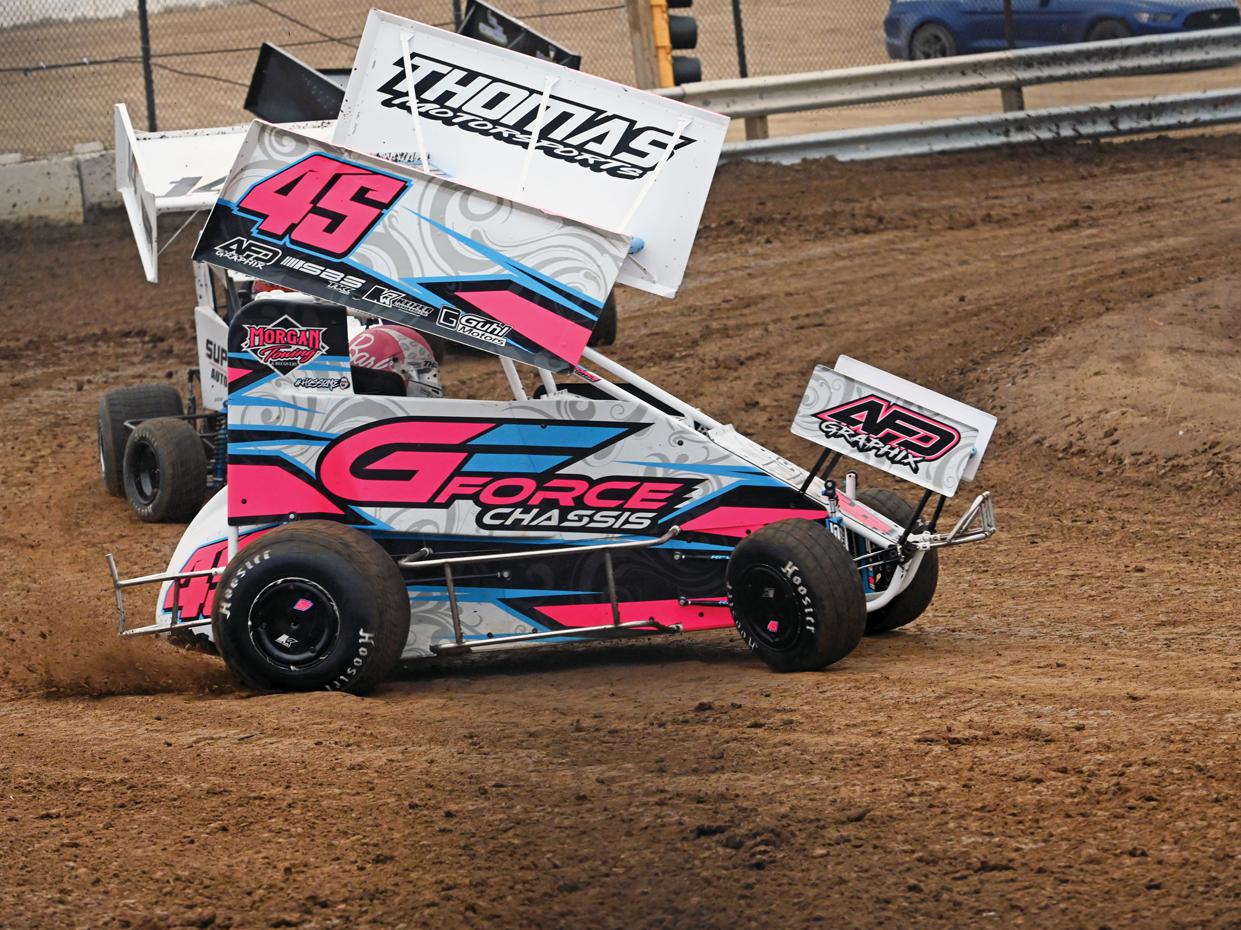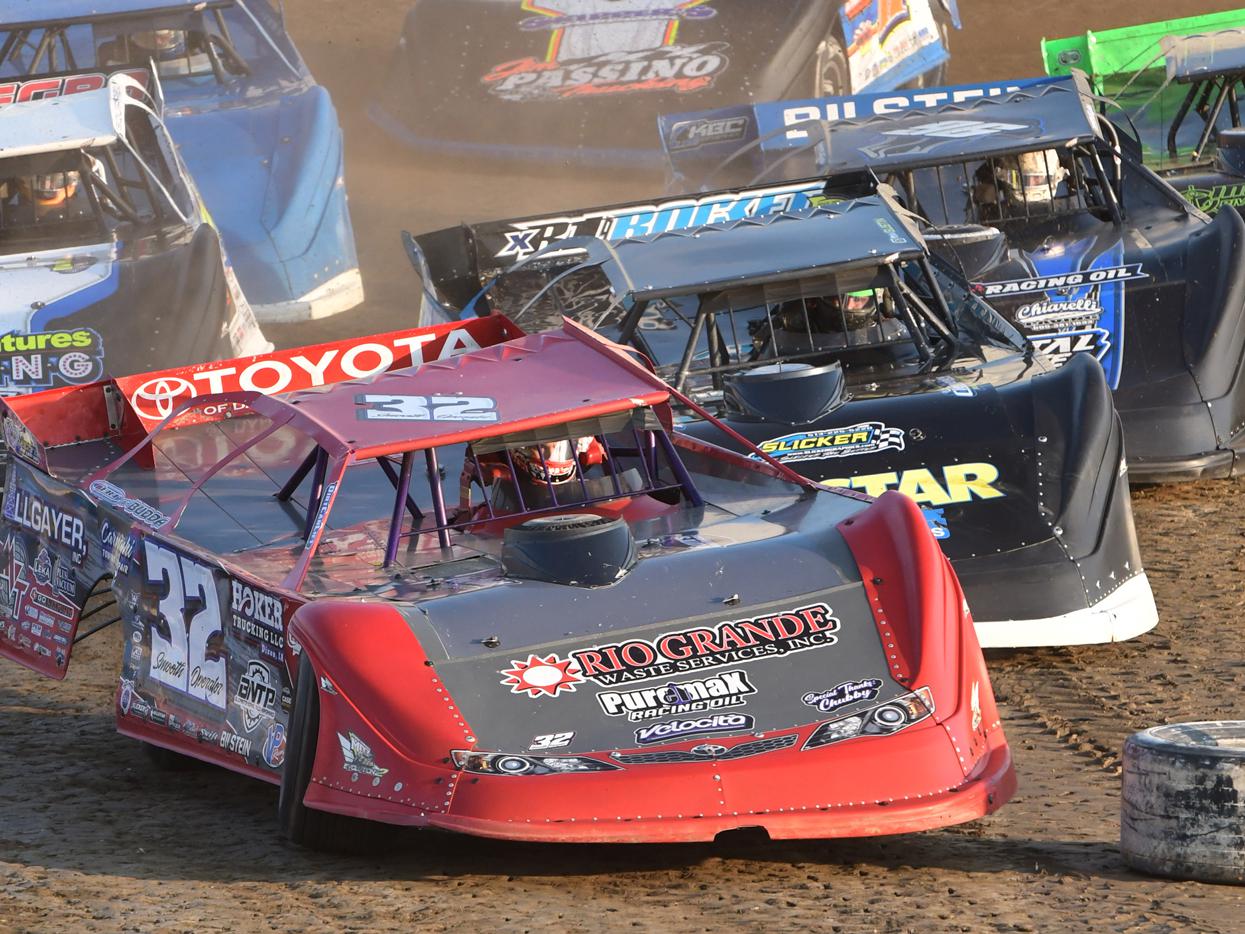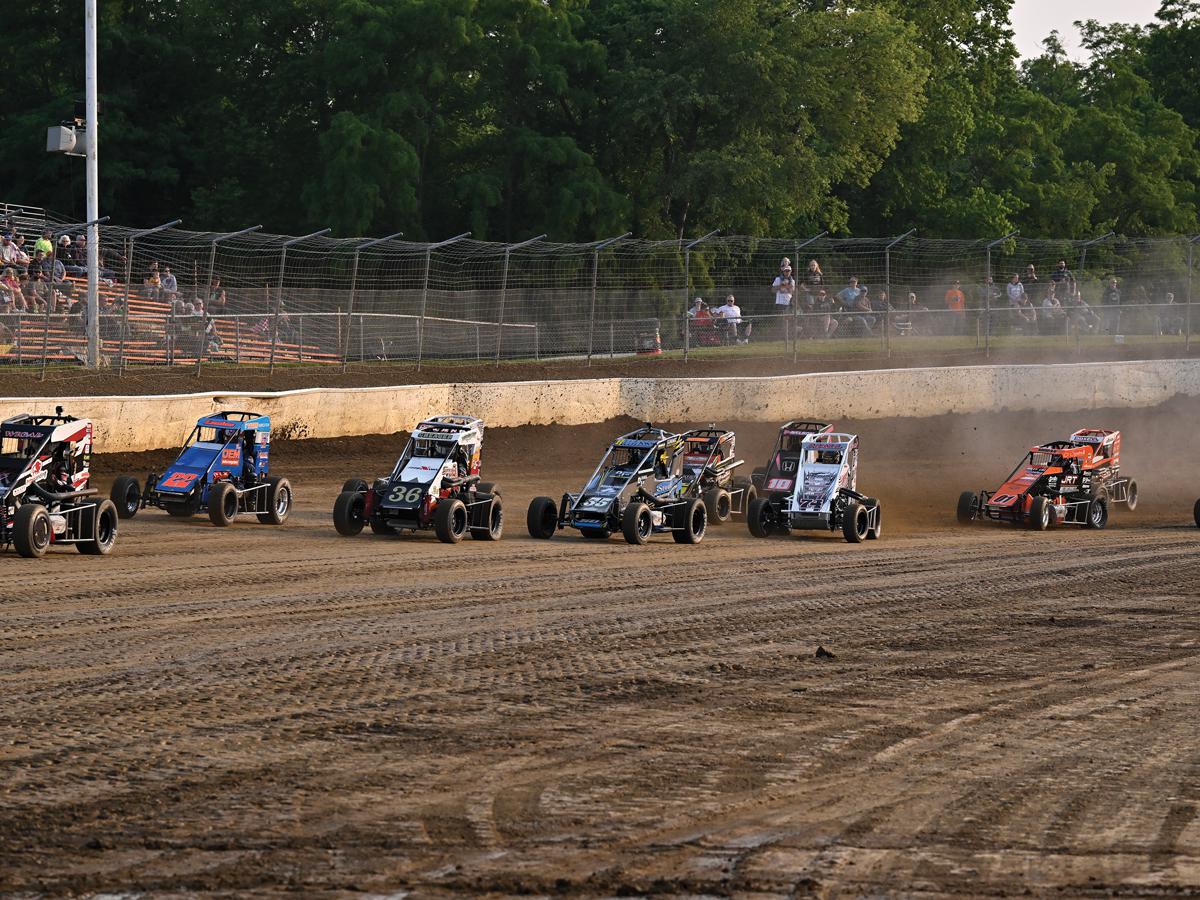Seeking Unobtainium: Where Vintage Racers Turn When Parts Supplies Dry Up
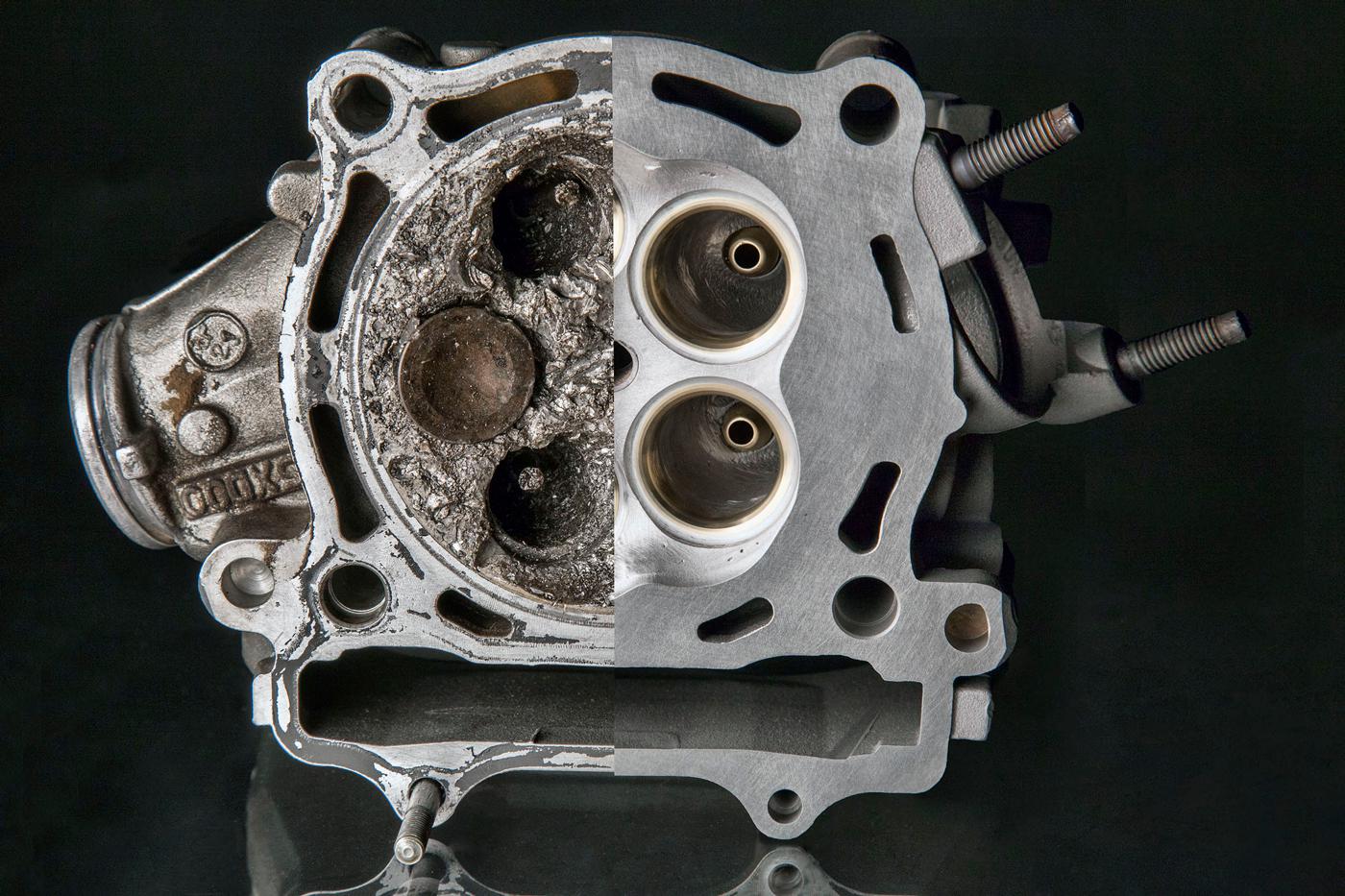
As interest in vintage motorsports continues to grow, sourcing parts for these older vehicles is becoming an increasing concern. In order to help keep competitors on track, these shops are leveraging modern technology to restore and even re-create components when NOS is no longer an option.
A second golden era is currently developing in vintage motorsports. The popularity of many historic race vehicles, from stock cars to Indy veterans, is growing as racers shift their focus from contemporary classes and formats to throwback series that cater to old-school cool.
“There’s definitely been an uptick in interest lately,” said Malcolm Mangum of Apex Vintage, New Hill, North Carolina. “It’s evolving, too. What’s considered ‘vintage’ is changing. These racers tend to gravitate toward the cars they saw at the race track when they were growing up.” That means the “younger folks coming into it are more interested in the cars from the 1970s, ’80s, and ’90s,” while the older customers are drawn to cars from even earlier decades.
As the car counts go up, so does the demand for parts. “These guys aren’t going out there to do parade laps,” Mangum pointed out. “There are a number of ex-professional and otherwise very accomplished drivers in these series, and they can be just as hard on equipment as anyone else in racing. These racers are willing to spend the money to have the best equipment out there, and they want to exercise these cars accordingly.”
Hours spent on the track come with the inherent need for maintenance and repair. While teams in modern racing series can simply hop online or open a catalog to find what they need, there’s a finite number of available parts for many vintage platforms, and stockpiles are dwindling. “When parts become hard to find, the first thing most of these teams do is reach out to their racing community,” said Tony Pardo of RM Motorsports, Wixom, Michigan. “People who are running similar cars who might have a shop that they work with, or a contact that can point them toward a specialist who might have what they need. If they don’t, those specialists can usually provide them with some options that will get them running again.”
Restoration
Since authenticity is a core tenet of vintage racing, teams will often opt to have a component refurbished rather than replaced if it is damaged or worn out. Not only does this maintain more of the car’s originality, it’s also less expensive than having a one-off part reproduced.
“On some of this vintage race stuff, sometimes the parts don’t exist, or the customer might not want to deal with the costs involved to reproduce it,” said Rodney Heaton of Millennium Technologies, Plymouth, Wisconsin.
“We have the option to restore these parts in some cases. It often comes down to the condition a part is in,” he continued. “For example, we recently did the cylinders for a V12 Packard. When the parts came in, they were stripped down bare. That allows us to a get a full picture of what repairs are needed. That also tells us if there are things we’re going to need to make, either from a parts or fixturing standpoint. Is it something where we’re going to need to manufacture a sleeve and install it, or is it something that we can overbore and plate? At that point, we have a better idea of how to move the process forward.”
Heaton said that the amount of corrosion damage on the Packard cylinders pointed the team toward overboring. “We decided to shoot for a specific bore size, but we didn’t really know if we’d be able to hit that size until after we had machined them and saw how well they would clean up,” he explained. “We had a total of 24 cylinders we were working on, and I think when we opened up three or four of them, we realized that those couldn’t be repaired to match the sizes of the others. So we scrapped those and focused on matching the rest of them.”
Mangum cited a situation where repairing a mangled component was the best option to get a vintage racer back on the grid. “We have a car here that was involved in an on-track incident a few months ago. One of the rear aluminum uprights that the suspension arms bolt to was badly damaged—three of the mounting points on that piece were broken. We know there are some used ones out there, but we weren’t able to locate one, so the decision was made to repair the existing part instead. In that situation, the component was welded, heat-treated, and re-machined to correct specifications, and we have 100% confidence in that part again. But there are also times when parts come in that are too far gone for repair to be an option.”
Re-creation
Even if the budget allows for a comprehensive restoration of a component, reviving some parts can prove difficult—or impossible—simply by virtue of the components’ design and construction.
“We run into a lot of issues with older aluminum parts that had water going through them,” said Mike Miller of Cunningham Precision Group, Columbus, Indiana. “Vintage aluminum material tends to have a lot of zinc in it, and that causes a ton of corrosion. So with things like cylinder heads and water pumps, they don’t wear out, necessarily—they deteriorate.”
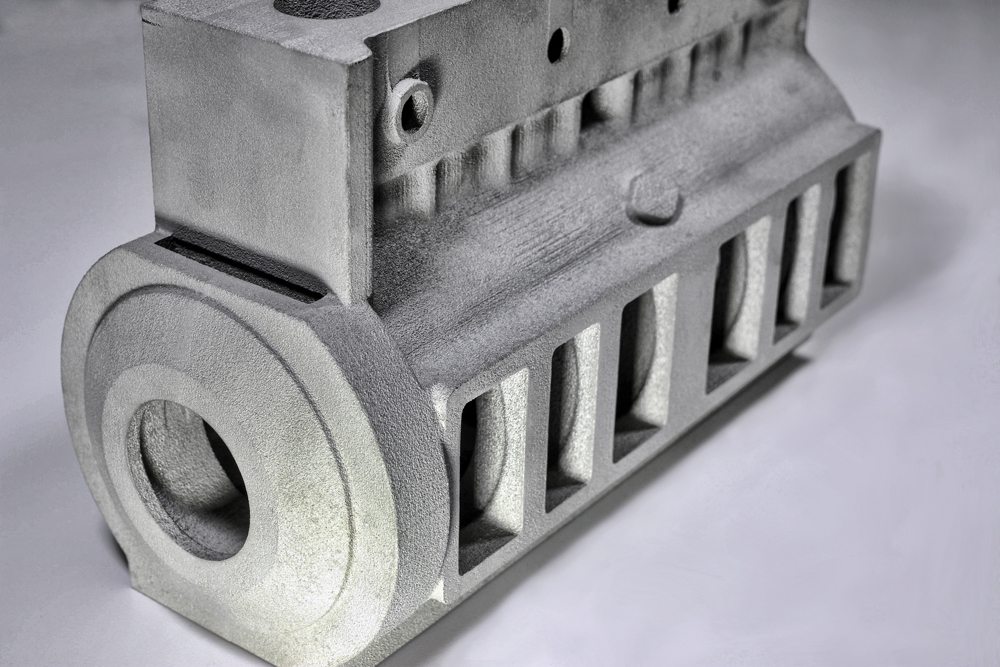
When the budget allows, reproducing those parts can ultimately be the best way forward. “One recent project we did was for a Cummins diesel-powered car than ran in the Indy 500 back in the 1930s. It was the only car that ever ran the 500 without making a pit stop,” Miller explained. “Cummins was having its 100-year anniversary, so it was restoring a lot of historic engines and vehicles. During that process, Cummins discovered that this engine had major cylinder head issues.”
Rather than trying to restore the heads to a usable state, Cummins engineers chose to re-draw the cylinder head using 3D scanning technology. “That allowed them to supply us with a CAD model of the head,” Miller said. “From there, we did the design work for our foundry. We used a 3D printer to create all of the cores and the mold, and we poured new castings and machined those castings.”
Mangum pointed out that CAD renderings also allow for certain components to be reproduced in billet aluminum, which is often a less labor-intensive alternative to casting. “Depending on the situation, we can either 3D scan the part and have it CNC machined, or we would need to work with a specialty casting business that can create a sand mold of it,” he said. “From there we’d need to take that casting to a machine shop that’s capable of taking the measurements off of a good piece and re-machining this new casting to match to create an operational part.”
Although, as Dave Rittmeyer of Hoosier Pattern in Decatur, Indiana, noted, not all clients have the ability to supply a CAD rendering of the component that needs to be reproduced. “Unless you have a series of prints, you’re going to have to have a part. Even if it’s a scrap part, you need something to start with. Even a portion of a broken block or head is helpful. You need to have something that can be reverse engineered.”
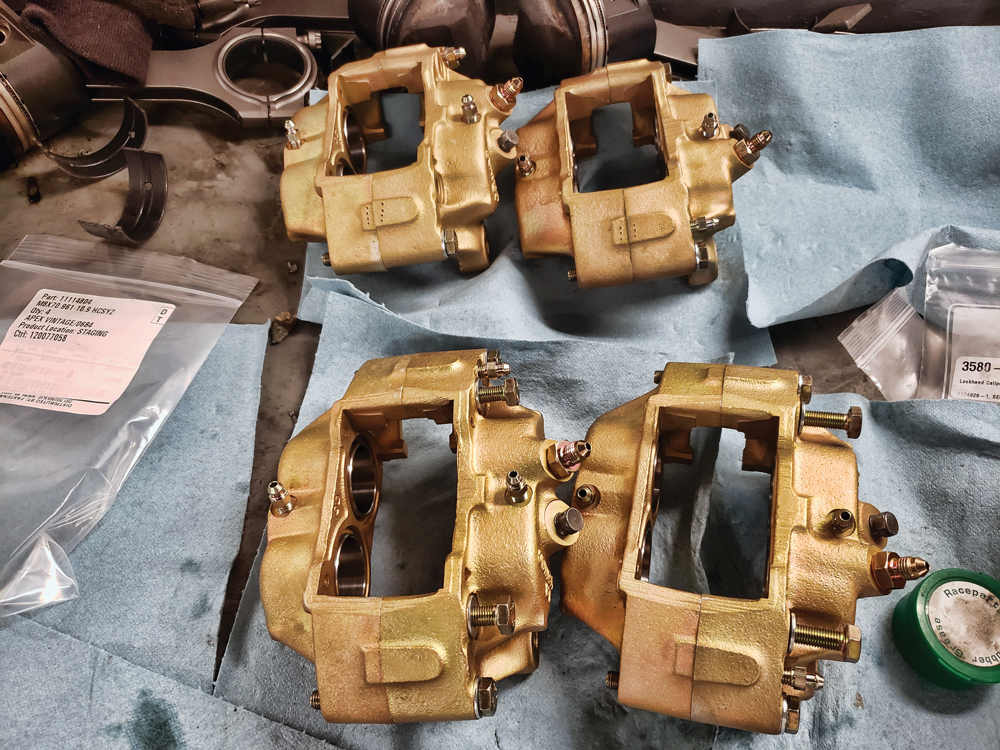
Fortunately, once a vintage part has been scanned and rendered in CAD, the reproduction of that part is a much easier process for any would-be customers further down the line. While creating CAD renderings requires specialized knowledge and expertise in the related software platforms, Rittmeyer said that the rise of affordable computing power and software is helping to eliminate a significant barrier for enterprising DIY folks who need one-off parts but can’t afford to hand over a blank check to get them.
“There are some fairly sophisticated free CAD systems out there now, and we’re starting to see more and more customers modeling up their own parts,” Rittmeyer explained. “Five years ago, the knowledge wasn’t really there, but that’s changing. When customers come to us with their own CAD files, they’re effectively skipping what tends to be the biggest hurdle in the process of getting that part cast or machined.”
The Path Forward
On the restoration side of the equation, Heaton expects to see a reemergence of long-forgotten methods in the coming years, “some of the ‘lost art’ kind of stuff that isn’t readily available now, like welding or brazing cast iron, or sand forming tubing. Twenty years ago, you couldn’t get that sort of work done anywhere. Now I can think of three or four people off the top of my head that are sand forming tubing for exhaust systems. It’s one of those situations where the only way to do the job correctly is to use this method. There are ways to achieve very similar results, but they aren’t the same thing, and that matters in the restoration world.”
Mangum agreed that the details matter to this subset of the racing market. “The look of the component is very important to some customers and using the same welding process is a part of that, even if it’s not as good as what’s available now from a technological standpoint. It’s important to them because you can look at the part and tell how it was welded. There are folks who will want the old brazing process because that’s how the cars were originally manufactured.”
Meanwhile, Pardo sees modernized parts reproduction as an aspect of the industry that will continue to grow as vintage series bring increasingly more capable cars into the fold. “It’s important to keep these cars safe with modern materials and parts. We can’t keep using old stuff, it’s just not going to cut it in motorsport.”
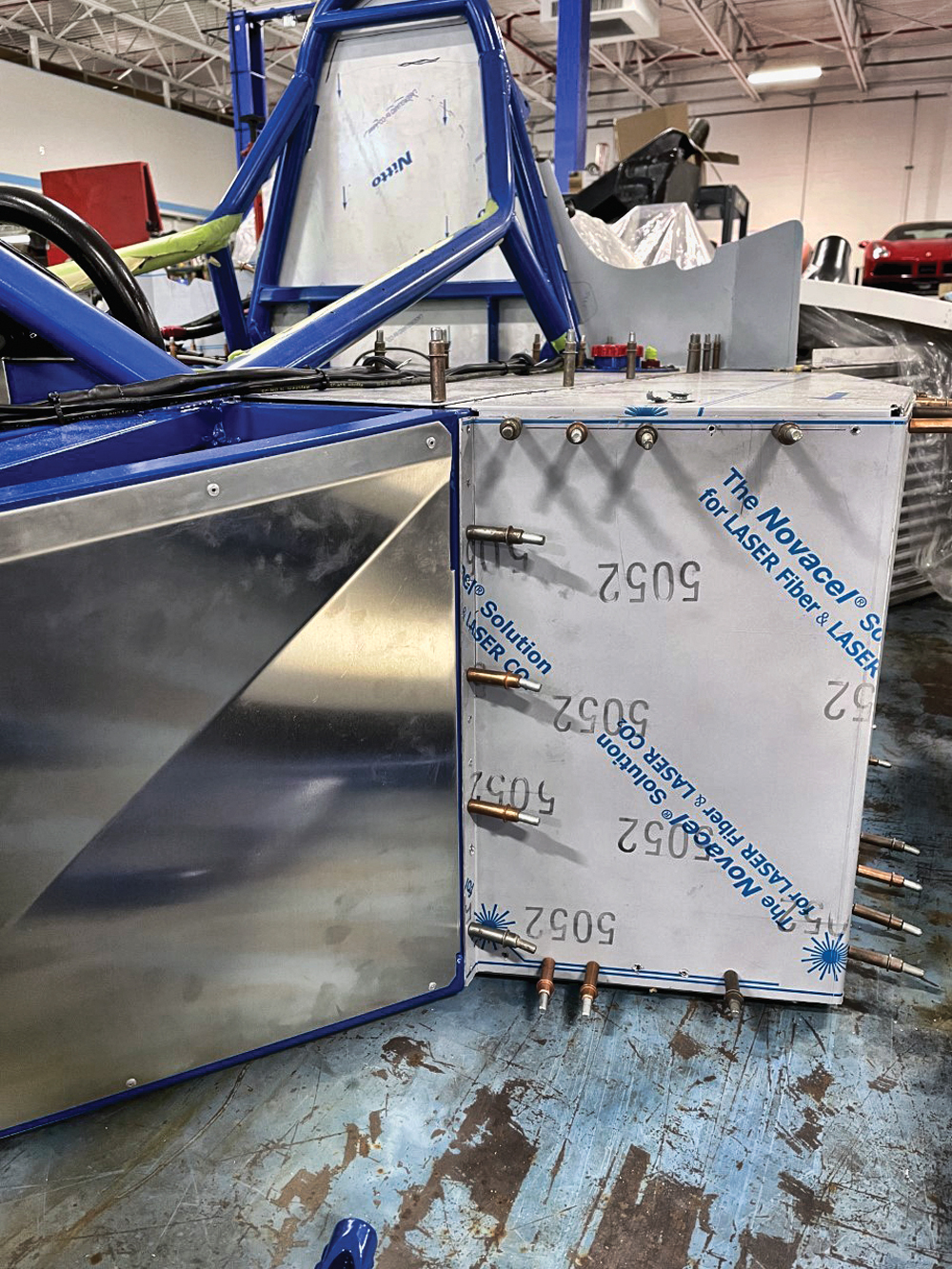
Miller looks to 3D metal printing as the next game-changing leap in technology. “I think that eventually almost all of these parts will be printed, especially the one-off stuff,” he predicted. “In the past, 3D metal printing was pretty barbaric, but new printable alloys are being developed that are producing better surface finishes, so the finished products look better. You can still tell that a component was printed, but the resolution is getting finer and finer.”
Rittmeyer agreed that all signs point toward metal printing. “We can already do it. It really comes down to the size of the part, the material, and the use case. By and large it’s too expensive for most projects right now, but costs are coming down every day. It’s no different from how we currently use 3D printing and sand molds. Twenty years ago, only aerospace companies could afford to do it. Now it’s all over the place.”
He added that the establishment of industry guidelines for metal printing will likely serve as a turning point for the technology. “Standards and specifications for the strength of 3D metal printed parts are being developed right now. This is getting a big push from the military. They need vintage parts for aircraft and other equipment, and those parts absolutely need to be as strong and reliable as the original components. Even right now, the technology is already producing some very impressive results,” Rittmeyer concluded.
SOURCES
–
Apex Vintage
apexvintage.com
Cunningham Precision Group
cunninghamprecision.com
Hoosier Pattern
hoosierpattern.com
Millennium Technologies
millennium-tech.net
RM Motorsports
rmmotorsports.com
 MEMBERSHIP LOGIN
MEMBERSHIP LOGIN JOIN PRI
JOIN PRI
